Budo Taijutsu
An Illustrated Reference Guide of Bujinkan Dojo Budo Taijutsu
Duncan Mitchell
Bud Dkkai (Brisbane, Australia)
Disclaimer: This book is presented as a reference guide only. Nothing described in this book should be practiced or undertaken without the personal guidance of a suitably qualified and experienced martial arts instructor. Furthermore, a physician should be first consulted before deciding whether or not to attempt any of the techniques described. The author and publisher accept no responsibility whatsoever for any injury that may result from practicing the techniques and/or instructions within. This book is presented only as a means of preserving a unique aspect of the heritage of the martial arts and neither the author or publisher makes any representation, guarantee or warrantee that any technique or instruction described within will be safe or effective in any self-defence situation. In addition, specific martial arts techniques detailed in these pages may not be justified in any particular situation or applicable under local, state or federal laws. Neither the publisher or the author makes any representation or warranty regarding the legality or appropriateness of any technique mentioned in this book.
Written and Illustrated by Duncan Mitchell
Edited by Benjamin Dster
Published by the Bud Dkkai, Brisbane Australia.
www.budodokokai.com
Copyright 2020 by Duncan Mitchell
All rights reserved.
No part of this book may be reproduced in any form or by any electronic or mechanical means, including information storage and retrieval systems, without written permission from the author, except for the use of brief quotations in a book review.
ISBN 978-0-6489608-0-5 (paperback)
ISBN 978-0-6489608-1-2 (ebook)
 Created with Vellum
Created with Vellum
For Yoshie
Acknowledgments
This book is a culmination of five years work, and in the process, I find myself owing a great debt of gratitude to all those who provided their help and support in completing this project.
Firstly, I wish to thank the teachers and senior students of the Bujinkan under whose personal guidance I was able to gain insight into Bud Taijutsu. In particular I wish to acknowledge the Bujinkan Ske (grandmaster), Masaaki Hatsumi-sensei for his dedication in passing on his legacy to myself and the many thousands of practitioners worldwide.
Special thanks must go to my teacher and mentor, Isamu Shiraishi-sensei, who tirelessly and personally guided my Bud development over several decades - always with a smile on his face.
I would also like to give mention to my other teachers in Japan - Hosoda-sensei, Sakuma-sensei, Sakai-sensei and the late Seno-sensei. Their patient guidance, instruction and friendship over the many years have made my life so much richer.
For the direct assistance, moral support and encouragement over the course of this project I wish to give special thanks to Peter Cook, Duncan Stewart, Gillian Booth, Warren Cross, Dean Martin, Nathan Anning, Ben Bellamy, Sean Joyce, Rodger McQuitty, Mark Sernia, Mel Arotis, Stephen Wallace and Cid Vieira Jr.
For the advice on writing and early editing on the project, I wish to thank Dave Grant.
For all of his help with notes, honest appraisal, assistance and belief in this project I also give special thanks to Dale Heers.
I wish to acknowledge the work put in by the editor Benjamin Dster, who tirelessly checked and rechecked my manuscript, provided useful notes and kept the project moving forward.
My wife, Yoshie, stood by me throughout the many rewrites, writing binges, research, late nights, early mornings and lost weekends. All this shifted many obligations onto her shoulders, but she supported me throughout. Thank you Yoshie, for your love and support; I can never thank you enough.
Finally, I wish to give a deep bow to the many students of Bujinkan Dj Bud Taijutsu throughout the world and their quiet dedication in continuing this art and passing it on to future generations.
Duncan Mitchell,
Brisbane, Australia
Our Legacy
The Bujinkan is the martial arts organisation formed by Masaaki Hatsumi-sensei to propagate the essence of the nine Ryha (traditional schools of martial arts) of which he inherited the title of Ske (grandmaster).
- Shinden Fud Ry Daken Taijutsu
- Kuki Shinden Ry Happ Biken-Jutsu
- Takagi Yshin Ry Jtai-Jutsu
- Gyokko Ry Kosshi-Jutsu
- Kot Ry Kopp-Jutsu
- Gikan Ry Kopp-Jutsu
- Gyokushin Ry Kopp-Jutsu
- Togakure Ry Ninp Taijutsu
- Kumogakure Ry Ninp Taijutsu
The Bujinkan has its headquarters in Noda City, Japan and has spread internationally since its formation in 1968; now encompassing thousands of students worldwide.
It is the Bujinkans training philosophy of moving away from the form of techniques and developing one's response in accordance with the situation that brings forth a heightened awareness and a dynamic martial art.
Toshitsugu Takamatsu - Teacher of the Bujinkan Founder Masaaki Hatsumi
Toshitsugu Takamatsu was born in 1888 and from the age of nine was schooled daily in the martial arts that he later would inherit as grandmaster.
Initially, he trained in Kbe under the tutelage of Toda Shinryuken Masamitsu and then in the Dj of Mizuta Yoshitaro Tadafusa. Later he moved to the nearby town of Akashi with his father, where he trained under Ishitani Matsutaro Tagekage.
In 1912, Takamatsu travelled to China where he lived until his return to Japan in 1919. In China, he headed the Nippon Minkoku Seinen Butou-kai martial arts organisation. He was also involved in many incidents that had him fighting for his life. It was during this period that he became known as Mko no Tora (The Mongolian Tiger).
In 1957, Takamatsu-sensei took on a young Masaaki Hatsumi as his student and successor. From that point on, Takamatsu-sensei would devote his time through training and writing to pass on the nine schools and his greater vision of Bud to his student.
Masaaki Hatsumi - Bujinkan Founder
Born 1931 in Noda City, Japan, Masaaki Hatsumi-sensei spent his youth training in a number of martial arts amongst which he was highly accomplished in Jd (5th Dan), Karate (6th Dan), Kend (3rd Dan), Aikid and western boxing.
During the period immediately after the Second World War, he was assigned to teach Jd at an American air force base near Tokyo. It was here that he came upon the realisation that, since the Japanese martial arts modernised into competitive sports, the larger and more athletic Americans could achieve in a very short time what would take the smaller Japanese years of study. It was then Hatsumi-sensei set himself to search for the true Japanese martial arts of ancient Japan.
His search led him to a martial artist from Nara in the west of Japan named Toshitsugu Takamatsu.
From his first encounter at age 27, Hatsumi-sensei would regularly take the night train on Saturday evening to arrive Sunday morning for his apprenticeship in the nine martial art lineages he would later inherit as grandmaster. Hatsumi-sensei continued his training for fifteen years until the death of Takamatsu-sensei in 1972.
Combining the essence of the teachings from Takamatsu, Hatsumi-sensei established the Bujinkan Dj.

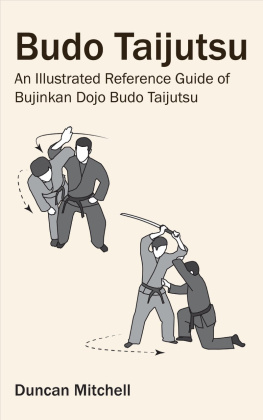

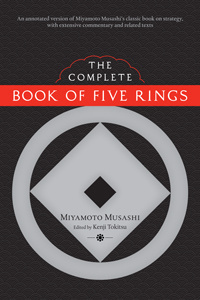
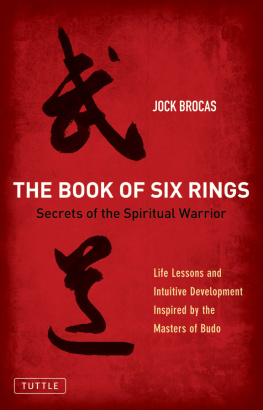
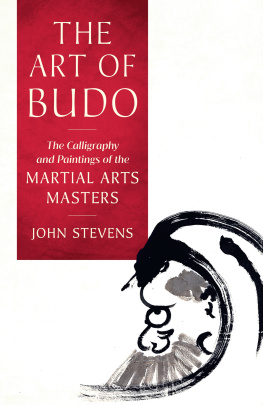
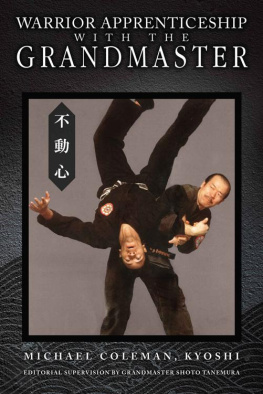
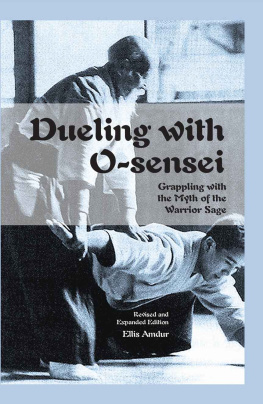
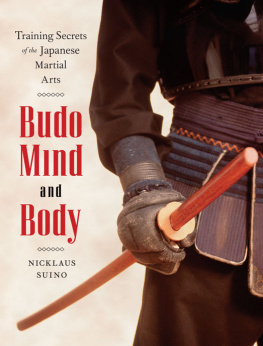



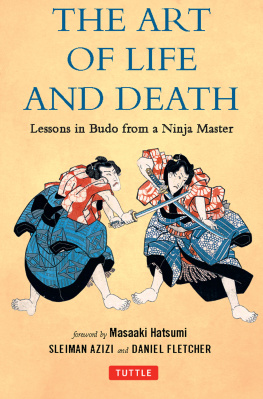
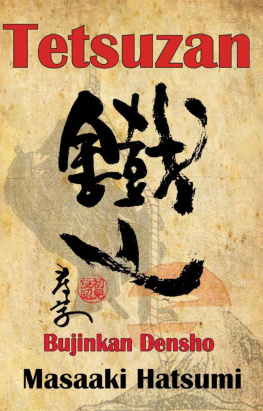
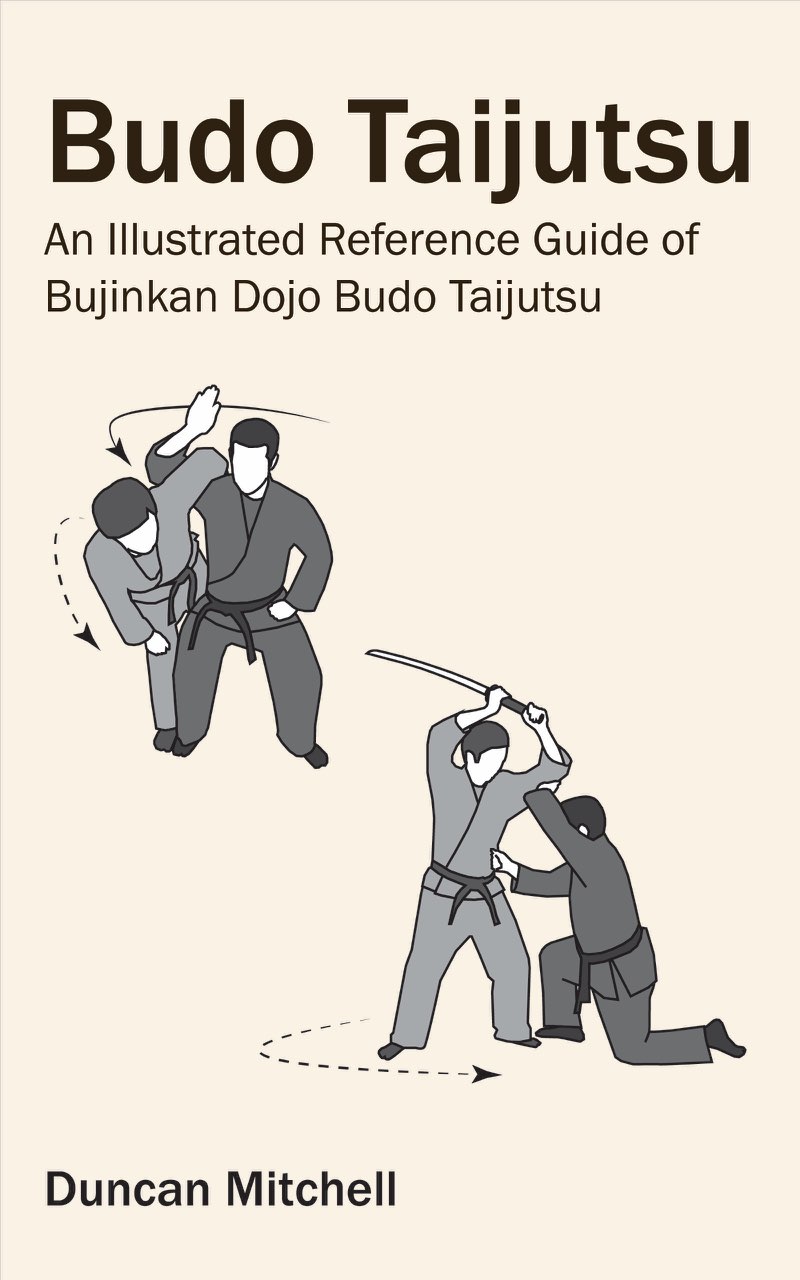
 Created with Vellum
Created with Vellum